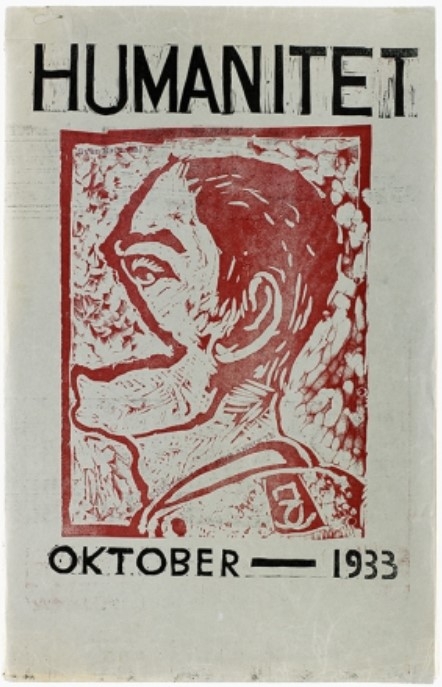The lives and professional journeys of these young artists were shaped by their times, which were dominated by economic depression and stock market collapse, agitated debates on conventions and morals, tensions stemming from the transition from agricultural to industrial life, and the new means of communication that cut right through landscapes and urban centres. Many of the pressing issues of that day have now suddenly become relevant anew, as we once again see social upheavals triggering polarisation and intensifying ideological rivalries.
“Sven-Harrys konstmuseum’s ambition for the exhibition Humanitet is to demonstrate the power of art in helping us make sense of complex, troubling times. Through these sincere portrayals of our nations, which are executed with such vibrant joy and social pathos, and informed by such a strong egalitarian conviction, we hope to provide both powerful experiences and cause for further thought,” says Dragana Kusoffsky Maksimović, director of Sven-Harrys konstmuseum.
The publication Humanitet was issued in 1933 in direct response to the news of Hitler’s rise to power in Germany. A group of artists, led by Amelin, Xet Erixson, and others, quickly produced 17 linocuts promoting the message and ethos of resistance. To ensure that as many as possible would realise what was at stake, they produced a publication expressing a powerful political edge and urgency that was unprecedented in Swedish art. Movements in the political landscape over the last few decades have reawakened interest in the political movements of the 1930s, and similarities also exist in the way our own digital age uses image-based media to spread ideas and social values to wider audiences.
The exhibition features paintings, sculptures, drawings, and prints by the four artists. It represents a fond re-encounter for many, but is also an opportunity for a new generation to acquaint themselves with these timeless, classic works. Humanitet shines a light on the times of the artists, provides a context for a dialogue with our past, and offers an opportunity to learn from some of the keenest minds of that time.
“I’m delighted to see an important institution like Sven-Harrys konstmuseum welcome a new approach to some very familiar oeuvres. I think it’s quite brave of them, and I’m also proud to see the unambiguous stands taken by Swedish artists in the 30s,” explains guest curator Paulina Sokolow.
Sample Artworks:
Vera Nilsson, Gata i Malaga [Street in Malaga], 1921–2
Sven Xet Erixson, Vi på muren [On the Wall], 1939
Bror Hjorth, Gandhi, 1935
Albin Amelin, Sommaren 1943 [Summer of 1943], 1943
Curator: Paulina Sokolow




